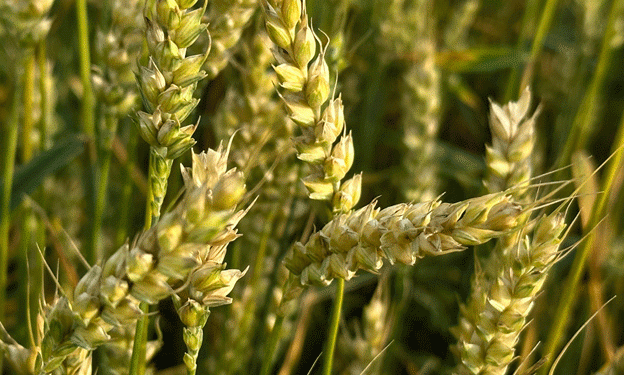In recent years, Russia’s grain production has experienced notable variability. The total grain and leguminous crops harvest decreased from a record 157.6 million tons in 2022 to 145.0 million tons in 2023, and further to 125.9 million tons in 2024. This decline has been attributed to adverse weather conditions, including spring frosts and prolonged droughts in key agricultural regions.
2025 Harvest Projections
Looking ahead to 2025, projections present a mixed outlook. The Russian Grain Union forecasts wheat production between 79 to 89 million tons, contingent upon favorable weather conditions. Similarly, the analytical center “ProZerno” anticipates a 6% decrease in wheat yield, estimating 77.44 million tons compared to 82.42 million tons in 2024. Conversely, the Russian Ministry of Agriculture offers a more optimistic projection, suggesting that the total grain harvest could reach 140 to 145 million tons, with wheat contributing approximately 84.5 million tons.
Factors Influencing Production
Several elements are poised to impact the 2025 grain harvest:
- Weather Conditions: The health of winter crops has been compromised due to drought during the sowing period, with reports indicating that 37% of winter grains are in poor condition, a significant increase from 4% in the previous year.
Crop Diversification: Facing financial losses from unfavorable weather, some Russian farmers are shifting from wheat to more profitable crops like peas, lentils, and sunflowers. This transition could further reduce wheat production.
- Economic Pressures: Rising operational costs, increased export duties, and higher interest rates are squeezing profit margins, influencing farmers’ planting decisions and potentially affecting overall grain output.
Export Dynamics
Russia maintains its position as a leading wheat exporter, with the Ministry of Agriculture reporting 54.1 million tons of wheat exported in the current agricultural season. However, internal challenges, such as reduced harvests and economic constraints, may influence future export capacities. Additionally, global market factors, including potential export restrictions from Ukraine, could affect the Black Sea wheat market dynamics.
Impact on Domestic Bread Prices
Despite fluctuations in wheat prices, the cost of bread in Russia is influenced by multiple factors:
- Production Costs: Increases in energy prices, transportation expenses, and labor costs have contributed to higher bread prices. For instance, in 2024, the price of wheat flour rose by 14.6%, while rye and rye-wheat bread saw an 11.3% increase
- Inflation: The Ministry of Agriculture projects that bread price increases will align with inflation rates, aiming to minimize consumer impact
Russia’s grain sector stands at a pivotal juncture as the 2025 harvest approaches. Weather uncertainties, economic challenges, and strategic crop choices will significantly influence production outcomes. For stakeholders, staying informed and adaptable is crucial to navigating the evolving agricultural landscape.
Error




